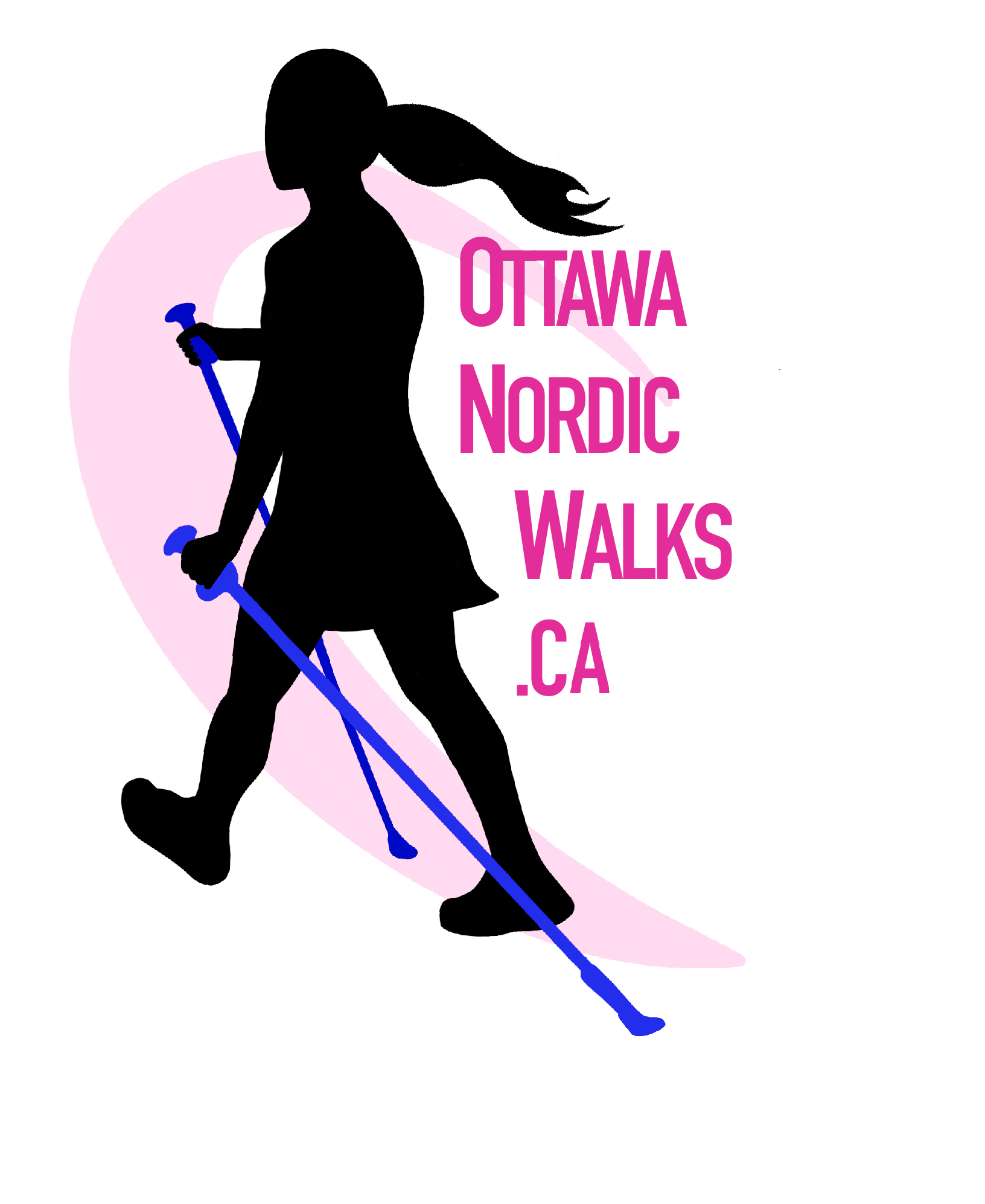Bone is living tissue, which means it is constantly changing and remodeling. In order to stay healthy, your bones need regular mechanical stimulation through exercise and physical activity.
With normal aging there is a gradual loss of bone density and quality. For some, bone health decreases to such a degree that they may be diagnosed with osteoporosis, a condition involving bone fragility that increases ones’ vulnerability to fracture. Importantly, fractures can significantly change one’s quality of life.
Fortunately, there are many ways to maintain bone health throughout your lifetime, and one of the easiest and most effective ways is Nordic Walking.
How does Nordic walking improve bone health?
Nordic Walking is a perfect activity in that it combines aerobic and resistance training that stimulates bone in three ways:
Gravitational impact & ground reaction forces:
With normal walking the bones of your lower body benefit from the impact of your weight (gravity) and the push off from the ground (reaction forces) with each step. While a vigorous arm swing improves the cardiovascular impact of walking, there are no similar bone-building impact and reaction forces through the upper body.
Adding poles is a game changer; as you push through the poles into the ground you add bone-building impact and reaction forces through the arms and shoulder girdle.
Muscle forces:
When muscles work and contract to create movement, they pull on bones thereby creating a healthy bone-building tension. Again, with normal walking, the muscles of the lower body work hard to propel you forward but the upper body goes along mostly unchallenged. Pushing through poles engages the upper body muscles in a positive bone-building way.
How does Nordic Walking improve posture?
Low bone density not only increases your likelihood of fracture, it also increases the likelihood of developing a forward bend posture, especially in the upper back, due to changes in the shape of the vertebrae
By pushing down through the pole, connecting with the ground, and creating forward propulsion, you will experience an equal and opposite force going up through your body. This upward force helps elongate or lengthen the spine as you walk and counteracts the downward force of gravity on your lower body joints (low back, hips, knees).
In contrast to daily activities that create additional bending or flexion of the spine such as cooking or sitting at a computer, Nordic walking safely promotes active spinal extension.
How does Nordic walking reduce fall risk?
A major concern for people with low bone density is falling and fracturing a fragile bone. Nordic Walking poles provide extra support – you now have four points of contact with the ground rather than just your two feet.
When you are Nordic Walking, your increased stability increases your confidence and reduces the stress and fear of falling associated with other forms of exercise. The poles provide the needed support, allowing you to walk farther and faster for your cardiovascular health.
Backpacks are a bonus!
Wearing a small backpack when Nordic Walking helps facilitate an improved posture even more; and handily carries small items (e.g., binoculars, bug spray, water bottle, library book, or wallet).
Your pack should not be overloaded and should be equally loaded (not lop-sided) so it helps draw you back symmetrically.
Adjust the straps so that your bag sits just below the shoulder blades to help further lift the spine. Take care that your bag does not irritate the front of the shoulder (test it during a short walk prior to a longer Nordic Walking session).
What about a Weighted Vest?
This author does not have experience with weighted vests, however Ottawa physiotherapist and osteoporosis expert Margaret Martin notes “The weighted vest coupled with Nordic Walking (with perfect posture) is a winning combination for osteoporosis.”
Osteoporosis Canada recommends that, “Exercise is an important step towards protecting your bones, as it helps protect your spine, slows the rate of bone loss, and builds muscle strength, which can prevent falls.”
Happy Nordic Walking!




